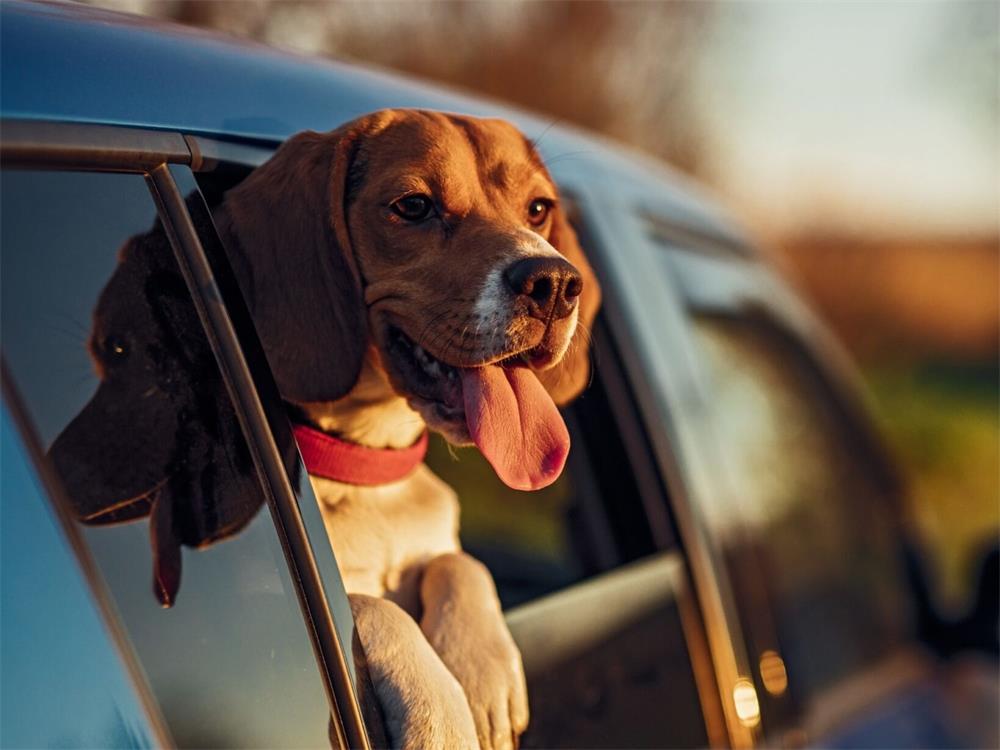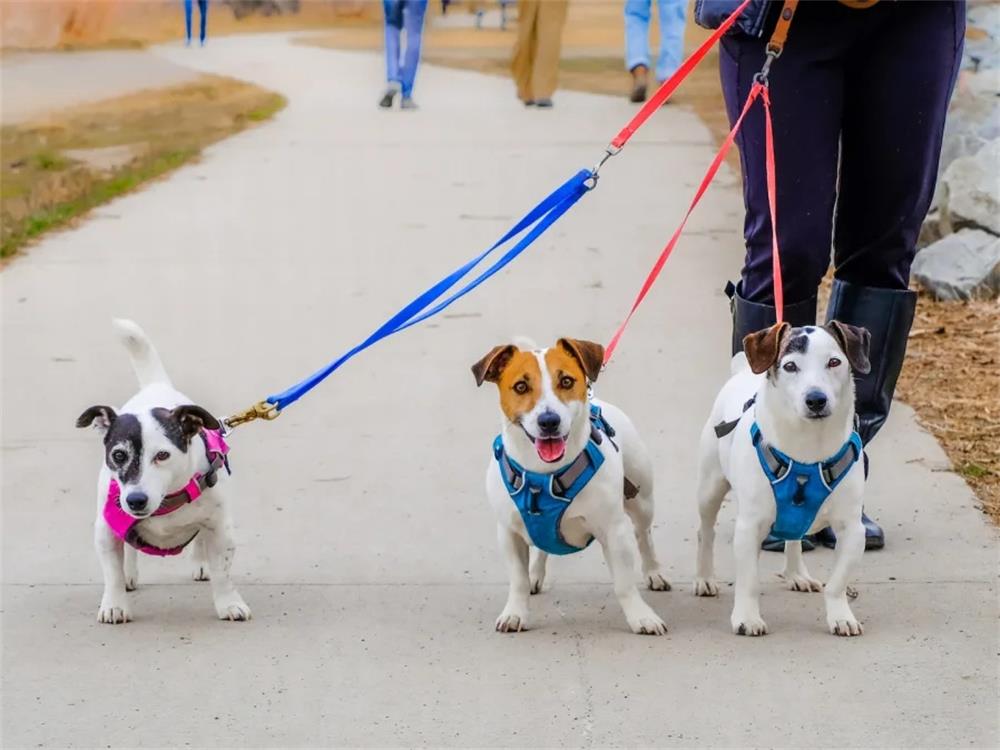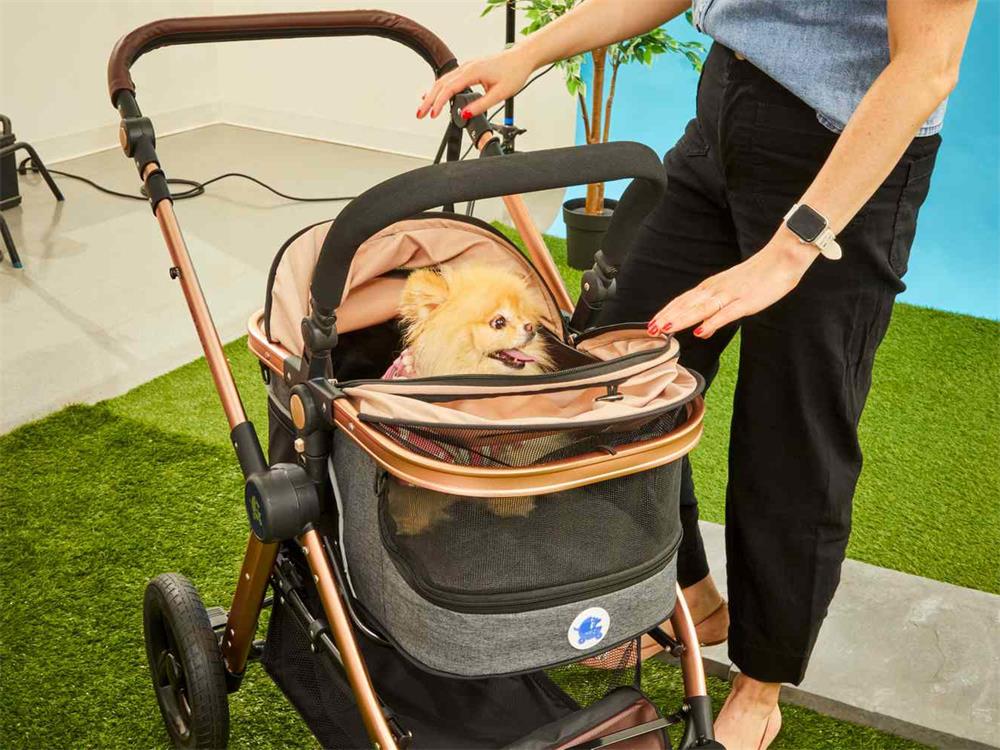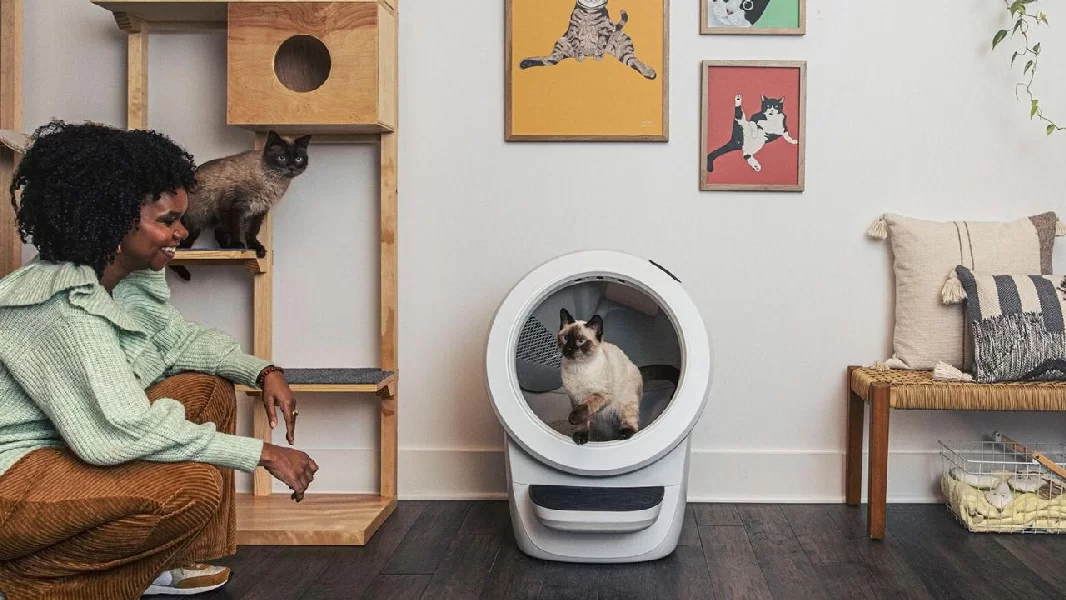Contents
Car rides can be stressful for some pets, especially if they are not used to them or associate them with negative experiences. However, there are some ways to make traveling with your pet more enjoyable and comfortable for both of you. Here are some tips to keep your pet calm during car rides:
1. Stay safe, clean, and organized
No matter where you’re going, the very first thing to do when traveling with your pet in the car is to invest in crash-tested car harnesses or crash-tested crates or carriers. This will keep your pet secure and prevent them from distracting you while driving. It will also protect them from injuries in case of an accident. Make sure the crate or carrier is large enough for your pet to stand, turn around, and lie down comfortably, and that it has proper ventilation and bedding. You can also cover the crate or carrier with a blanket to reduce visual stimuli and noise. To keep your car clean and organized, you can use seat covers, mats, or liners to protect the upholstery from dirt, hair, or accidents. You can also bring a portable vacuum, wipes, towels, and trash bags to clean up any messes along the way.
2. Build positive associations
For many pets, “going for a ride” translates directly into “going to the vet” or “going to the groomer”. This can make them anxious or fearful of the car. To change this association, you can take your pet on short car rides to fun destinations, such as parks, beaches, or training classes. Reward your pet with treats, praise, or toys for getting in and out of the car calmly and behaving well during the ride. You can also let your pet explore the car while it is parked and turned off, and feed them their meals inside the car. This will help them get used to the car and see it as a positive place.
3. Prevent car sickness
Some pets may get motion sickness when riding in the car, which can cause them to vomit, drool, pant, or whine. To prevent this, you should avoid feeding your pet right before you leave or during the ride. Instead, schedule your pet’s feeding several hours ahead of your departure. You can also offer your pet some water every so often, but not too much to avoid overfilling their stomach. If possible, avoid sudden stops, turns, or accelerations that can make your pet feel nauseous. You can also crack open a window to provide some fresh air and reduce the pressure in the car. If your pet is prone to car sickness, you can ask your vet about motion sickness medications or natural remedies that can help.
4. Reduce your pet’s anxiety
Some pets may get nervous or restless when riding in the car, which can cause them to bark, cry, pace, or chew on things. To reduce their anxiety, you can provide them with some comfort items, such as blankets, toys, or clothing that smell like home. You can also play some relaxing music at a low volume or spray some calming pheromones in the car. You can also talk to your pet in a soothing voice or give them some gentle strokes to reassure them that everything is okay. If your pet is very anxious or fearful of the car, you can ask your vet about sedation medications or behavior modification techniques that can help.
5. Schedule water and potty breaks
Don’t expect your pet to go for long car rides without water or bathroom breaks. Stop every few hours to give your pet a chance to drink some water and relieve themselves. Plan your route so there are appropriate rest stops along the way and don’t forget the poop bags. You can also use disposable litter boxes for cats or pee pads for dogs if needed. Make sure you keep your pet on a leash when you stop and check their ID tags or microchip information in case they get lost.
Conclusion
Traveling with your pet in the car can be a fun and rewarding experience if you prepare well and follow some simple tips. By keeping your pet safe, clean, and organized; building positive associations; preventing car sickness; reducing anxiety; and scheduling water and potty breaks; you can make sure your pet is calm and comfortable during car rides. Happy travels! ???







